The commands ‘be fruitful and multiply’ (Gen. 1:22, 28; 8:17; 9:7), ‘bring forth abundantly and multiply’ (Gen 9:7), ‘multiply’ (Gen. 1:22), and ‘breed abundantly’ (Gen 8:17) could conceivably refer only to the process of increasing numbers by the process of reproduction. However, the variety of phrases employed in the text suggests that more than one process is actually involved. It is likely that at least one of those other processes is diversification (an increase in species diversity).
The following article is an excerpt from Devotional Biology: Learning to Worship the Creator of Organisms, Chapter 14.3, pgs. 296-298. The views expressed reflect those of the author, and not necessarily those of New Creation.
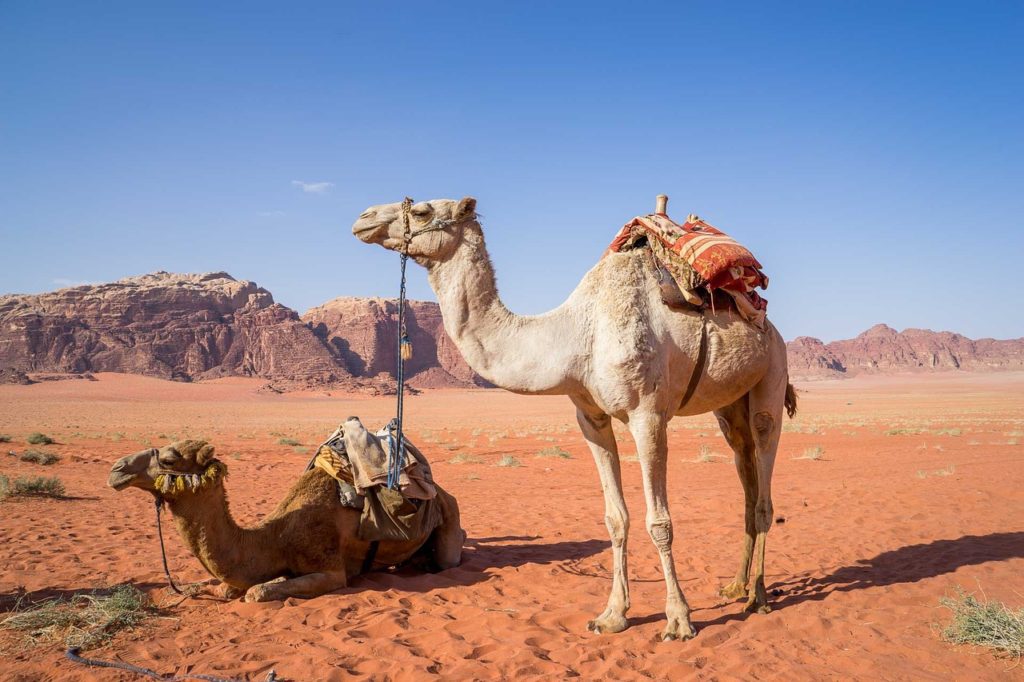
Each kind (baramin) of land animal was represented on the ark by two individuals—or fourteen1 in the case of clean animals (Gen. 6:18-7:3). If a species is defined as a breeding population, each unclean animal baramin at the end of the Flood would have contained only a single species.2 In the case of clean animals, there could have been as many as seven species, if there were seven pairs and each pair bred separately from all the other pairs. In the present, however, most baramins contain many species. Some even contain thousands of species.
Following the Flood, there must have been a substantial increase in species diversity within baramins (intra-baraminic diversification). It is likely that highly specialized species that show up late in the fossil record are species that developed late in this process of diversification. Two such species are mentioned in the Bible as existing within a few centuries of the Flood: lions (Job 4:10-11, 38:39-40) and camels (Gen. 12:16; 24:10-22; Job 1:3, 17). This suggests that the command to ‘multiply’ was fulfilled by very rapid intra-baraminic diversification.
Human breeders are continually active at working with species that already exist in order to develop new varieties, cultivars, and breeds (e.g. scores of horse breeds, hundreds of dog breeds)—or even new species (as in the case of thousands of orchid species). Many of the new forms are developed by artificial selection (choosing young with the desirable form of a particular characteristic and breeding them generation after generation to enhance that characteristic). Many of the remaining forms were developed by crossing different breeds, varieties, cultivars, or species to create a unique
combination of characteristics.

Artificial selection reveals characteristics that were already there, but hidden. Crossing combines revealed characteristics in new ways. In each case, humans did not create something entirely new, but merely revealed more of the variety already present in these organisms. This is why such forms can be generated so quickly. It is likely that this revealed variety is a small sample of the hidden variety God placed in all organisms at the time of the creation. Some of that variety was placed there so that humans could glorify God by revealing more diversity. But most of the variety was probably placed there so as to maintain the diversity that God created to illustrate His plurality (Chapter 10).
Since at the time of the creation God knew that diversity would be decimated at the time of the Flood, He hid enough diversity within organisms to restore that diversity following the Flood. And, since God did not want even one person to miss the message, God also created a process capable of quickly expressing that diversity—in the course of the first human generation following the Flood. Since Arphaxad, the first birth listed in Scripture following the flood, lived for 438 years beginning two years after the Flood (Gen. 11:10-13), the process of restoring biodiversity must have occurred before 440 years had transpired following the Flood.
Biologists still do not know where or how the variety was hidden, nor do they know how that variety was revealed. However, evidence for the hidden seems fairly strong:

- The rapid increase in land animal diversity between the Flood and the present suggests land animals possess a huge amount of hidden variety and a process of rapidly revealing it.
- The rapid and extensive development of thousands of artificial breeds of plants and animals suggests many different organisms possess a huge amount of hidden variety.
- Since it is rather easy to lose the ability to hybridize, inter-specific hybridization among a majority of species in families of all types of organisms suggests that a large amount of speciation has occurred very recently within many families of organisms.
- The occasional appearance in a modern organism of a complex trait known in fossil forms (genetic throwback) suggests hidden variety in that organism. An example would be the occasional birth of a 3-toed horse, reflective of fossil horses having three toes. Since mutations should destroy unused genes in thousands or tens of thousands of years, genetic throwbacks also suggest that the modern species probably arose from the fossil forms within the last thousands or tens of thousands of years.
- Vestigial organs are those with reduced function in descendant species. Although it is difficult to demonstrate that partially vestigial organs ever had greater function in the past, those with no function at all in the present (fully vestigial organs) were most probably derived from organs with function in the past.
- An example would be hip and leg bones in fetal whales that disappear before birth. And, again, since mutations should destroy unused genes in thousands or tens of thousands of years, fully vestigial organs that correspond to functional organs in fossil forms suggest the modern species probably arose from the fossil forms within the last thousands or tens of thousands of years.
- The fossil species of a number of land mammal families are arranged in a stratomorphic series—that is, a steady succession or trajectory of different morphologies (body forms) in a corresponding steady succession of strata (rock layers). The most famous example is the horse series, which is a sequence of horse fossils from small bodied, three-toed horses that browse on broad leaved plants in Lower Tertiary rocks to the large-bodied, one-toed horses that graze on grass in the present.
- Evidences that indicate new species have arisen in the past are also consistent with intra-baraminic diversification. Such evidences include:
- In the case of many species on earth, the most similar species to it has an adjacent geographic range.
- In the case of many island species, the most similar species to them are found on the nearest mainland.
- In the case of many species with limited geographic ranges, the most similar fossil species has a similar restricted geographic range.
- A ring species (a circular arrangement of populations around an uninhabitable region where all but one pair of neighbor populations can interbreed successfully) suggests the following historical scenario: 1) a species migrated to the border of the uninhabitable region at the point opposite the current location of the non-interbreeding neighbor populations; 2) the species split into two separate lineages living side-by-side; 3) each lineage spread along one side of the uninhabitable region, changing as it went; and 4) when the two lineages met again on the opposite side of the uninhabitable region, they could not interbreed with each other. Examples include fruit flies around mountains in Hawaii, salamanders around the dry Central Valley in California, and frogs around the perimeters of large lakes.
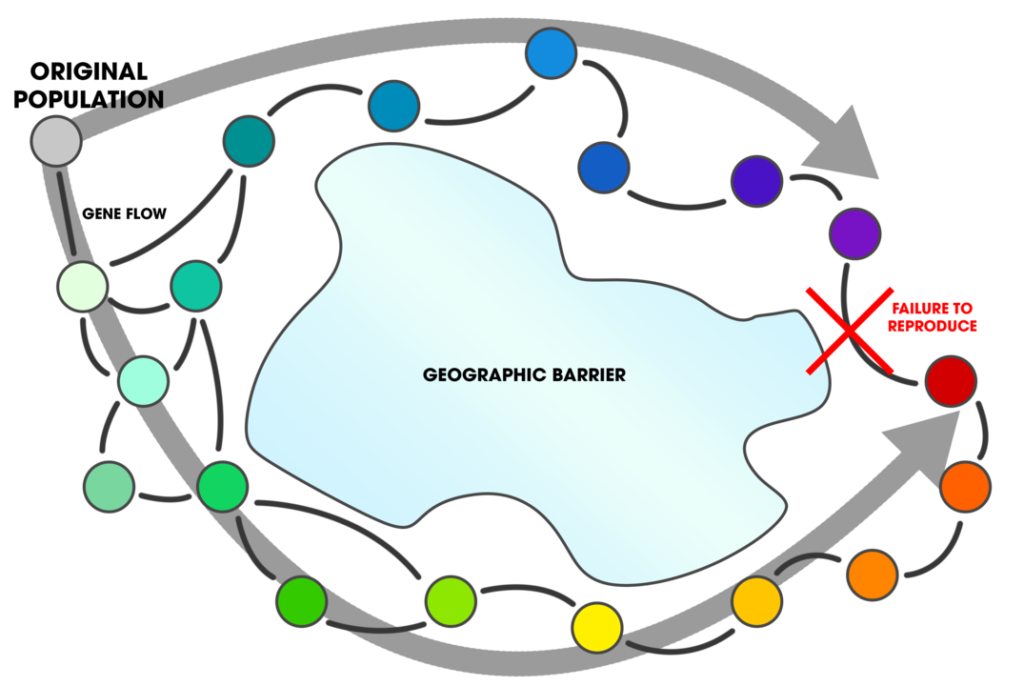
Learn More About Post-Flood Diversification
Footnotes
- It is not known for sure whether seven or fourteen of each kind of clean animal was to be taken onto the ark. The animals were to be taken by ‘sevens’, but the Hebrew word translated ‘sevens’ is a dualistic form of the word, suggesting a double form of something (e.g. the Hebrew words for eyes and ears are dualistic words, suggesting the two eyes and two ears normally found on a human. So it could be that seven ‘twos’ (i.e. 14) of each clean animal kind were to be taken onto the ark. ↩︎
- It is possible that this would have been true for a while following the Flood even if the two individuals on the ark were taken from different (interbreedable) species before the Flood. Since they would have been the only representatives of the baramin at the end of the Flood, they would have had to mate with each other, so their offspring would have been interspecific hybrids. Those offspring in turn would have to interbred with other hybrids (their siblings) and/or with their parents. In many cases this may have blurred the distinction between the parents, creating a single inter-specific species with a form lying between and perhaps even including the form of the parents. ↩︎

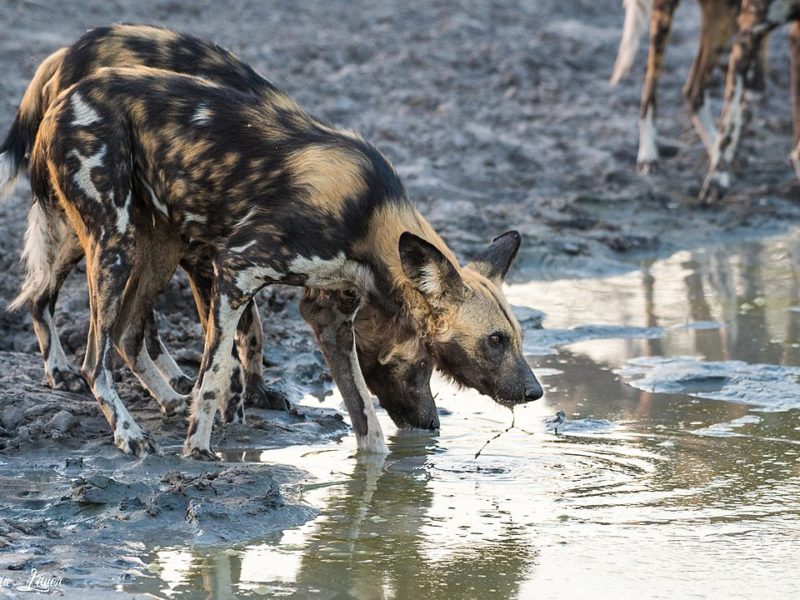
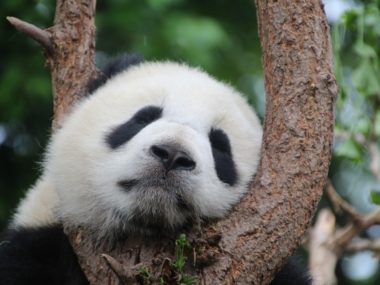

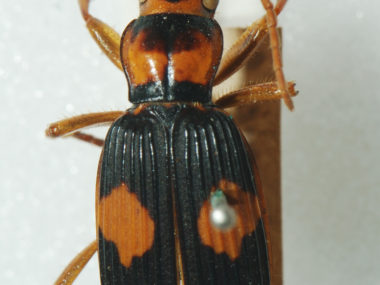
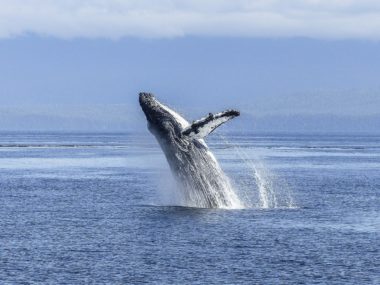
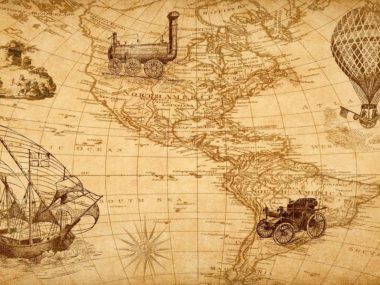
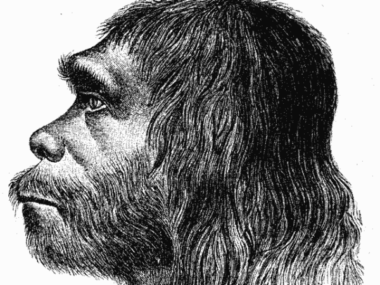



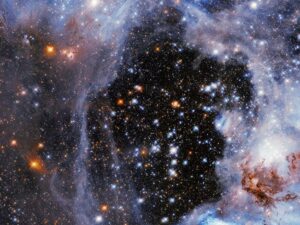
Amem. i agree a kind with seven clean pairs could be different species. except one pair was killed after the flood in sacrifice.
however I don’t agree god created a kind with the knowledge they would need to expand in species. instead speciation is simply to multiply in a FALLEN world. most speciation was about gaining ways to survive a new order.yet fill the earth. this is the equation. this is the glory of the mechanism however hidden.
Our example is the snake. all snakes are onbe kind, thus legless from the extra curse, yet before and after the flood its a host of spitters and squeezers. Changing bodyplans was no big deal.